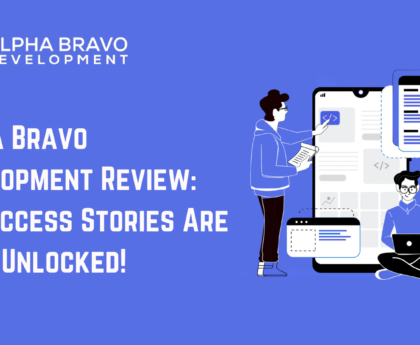As a 401k plan administrator, you play a vital role in helping employees secure their financial futures. With retirement planning becoming increasingly complex and employees demanding more personalized options, it is crucial for administrators like you to stay ahead of the curve. In this article, we will explore key considerations and strategies for effectively managing 401(k) plans in today’s evolving landscape.
Embrace Technology and Automation
In the digital age, technology is transforming the retirement planning landscape. As a plan administrator, it is essential to leverage modern tools and software to streamline administrative processes, enhance participant engagement, and ensure compliance. From automated enrollment and contribution tracking to online education and communication platforms, technology empowers administrators to provide a seamless and user-friendly experience.
Enhance Participant Education
Educating plan participants is crucial to help them make infor bout their retirement savings. As an administrator, you can collaborate with plan providers to offer comprehensive educational resources. Consider organizing workshops, webinars, or one-on-one sessions to address common concerns, explain investment options, and highlight the benefits of consistent saving. By empowering participants with knowledge, you enable them to take an active role in their retirement planning.
Tailor Investment Options
Gone are the days of a one-size-fits-all investment approach. Today, employees expect personalized investment options that align with their risk tolerance and retirement goals. Collaborate with investment advisors to offer a diverse range of investment options, such as target-date funds, index funds, and socially responsible funds. Regularly review and update the available investment lineup to ensure it remains relevant and meets the needs of a diverse workforce.
Monitor Plan Fees
Fees can significantly impact participants’ retirement savings over time. As a plan administrator, it is your responsibility to monitor and evaluate the fees associated with the plan’s investment options and services. Regularly benchmark fees against industry standards and negotiate with service providers to secure competitive rates. Transparently communicate fee information to participants, empowering them to make informed choices.
Stay Compliant with Regulations
Maintaining compliance with ever-changing retirement plan regulations is vital. Familiarize yourself with the Employee Retirement Income Security Act (ERISA) guidelines and stay updated on legislative changes that may impact 401(k) plans. Consider partnering with legal and compliance experts to ensure your plan adheres to all applicable regulations, avoiding penalties and litigation risks.
Monitor Plan Performance
Regularly evaluate the performance of the plan’s investment options and service providers. Assess investment performance against benchmarks and consider making adjustments if necessary. Review participant satisfaction surveys and feedback to identify areas for improvement. A proactive approach to monitoring plan performance ensures participants’ needs are met, and the plan remains competitive in the market.
The Benefits of Setting up a 401k Plan for Small Business
Maximizing Your Small Business:
When it comes to retirement savings, small business owners have a great opportunity to maximize their contributions and plan for their future. Setting up a 401k plan for your small business is a great way to do just that. A 401 k plan can provide you with a variety of retirement benefits, including tax savings and potential employer match contributions.
Advantages of Establishing a 401 k Plan:
The most obvious benefit of setting up a 401k plan for your small business is the tax savings. Contributions to a 401k plan are made with pre-tax dollars, so they are not subject to federal or state income taxes. This means that you can defer taxes on your contributions until you begin making withdrawals, thus allowing you to maximize the amount you can save for retirement.
Employers Offer Matching Funds to 401k Plans:
In addition to tax savings, many employers offer a matching contribution to their employees’ 401k plans. This means that for every dollar you contribute to your 401k plan, your employer will match it with a number of their own funds. This is a great way to increase your retirement savings, and it can also act as an incentive to encourage employees to save more for retirement.
The flexibility of Investment Options:
Finally, 401k plans offer a great deal of flexibility in terms of investment options. You can choose from a variety of mutual funds, stocks, and bonds, depending on your retirement goals and objectives. This means that you can tailor your 401k plan to meet your individual needs.
The flexibility of Investment Options:
As you can see, setting up a 401k plan for your small business can be a great way to save for retirement. It can provide you with tax savings, potential employer match contributions, and a variety of investment options. So, if you’re looking for a way to maximize your retirement savings, setting up a 401k plan for your small business may be the right choice.
Conclusion:
As a 401k plan administrator, your role is crucial in helping employees achieve financial security in retirement. By embracing technology, enhancing participant education, offering personalized investment options, monitoring fees and compliance, and proactively monitoring plan performance, you can navigate the future with confidence. Stay adaptable, stay informed, and continue to prioritize the financial well-being of your plan participants. Together, we can build a brighter retirement future for all.

